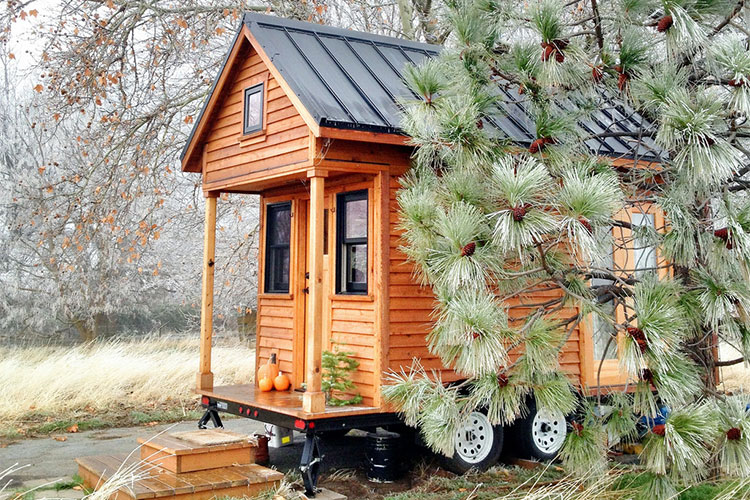The psychology behind the tiny house movement
Tiny homes broadcast the value a person holds in relation to homes, sustainability and how you’re living your life, says Lindsay Graham, a research specialist at the Center for the Built Environment at UC Berkeley's College of Environmental Design. But they're not for everyone.

August 10, 2016
“What’s cool about tiny homes is that the entire space is sort of a broadcast of some sort of value that you hold in relation to homes, sustainability, and how you’re living your life,” says Lindsay Graham, a research specialist at the Center for the Built Environment at UC Berkeley’s College of Environmental Design.
Graham is an expert in the psychology revealed by the tiny house trend, and her work recently was showcased on inverse.com, a website devoted to tracking and explaining the next big thing. The article is summarized on the CED news site.
The motivation behind the tiny house movement likely revolves around a desire to live modestly while conserving resources — environmental consciousness, self-sufficiency, and the desire for a life of adventure are all listed as inspirations for going small, according to Graham.
Environmental psychologists reason that homes influence people’s emotional state because they “facilitate the social interactions and the power dynamics that are played out in a home,” according to a 2015 paper she co-wrote.
That means tiny homes are probably better for certain kinds of personalities than others. Would a tiny house suit you?